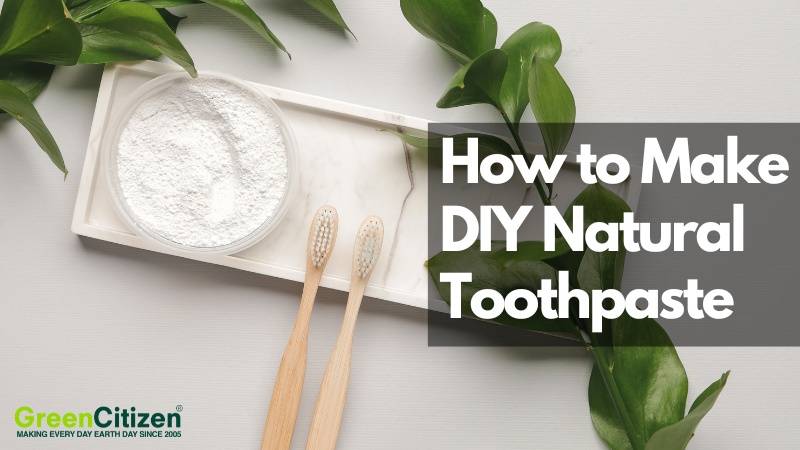Imagine standing in the toothpaste aisle, overwhelmed by the sheer number of options. You start reading the labels, only to stumble upon words like “fluoride free toothpaste,” “natural ingredients,” and “no added chemicals.” It’s enough to make your head spin, right?
Well, you’re not alone. More and more people are becoming cautious about what they put in their mouths—and I don’t just mean food. The toothpaste you use every day is under the microscope too, especially with all the buzz around fluoride and its potential effects.
But here’s the thing: no matter how fancy or “natural” the store-bought options get, there’s a special kind of satisfaction in whipping up your DIY natural toothpaste at home.
And yes, it’s easier than you think!
In this blog, I’ll walk you through the perks of using natural ingredients for your pearly whites and share a DIY toothpaste recipe that’s safe, simple, and oh-so-effective. So, whether you’re dodging certain chemicals or just aiming to be a little kinder to the planet, this guide has got you covered.
Get ready to smile a little brighter, knowing exactly what’s going into your toothpaste!
Common Ingredients in DIY Natural Toothpaste
Making your own toothpaste? Great choice! But what should you put in it?
You want ingredients that clean your teeth and keep them healthy and strong. Let’s break down some of the most common and beneficial ingredients you’ll find in DIY toothpaste recipes:
Coconut Oil
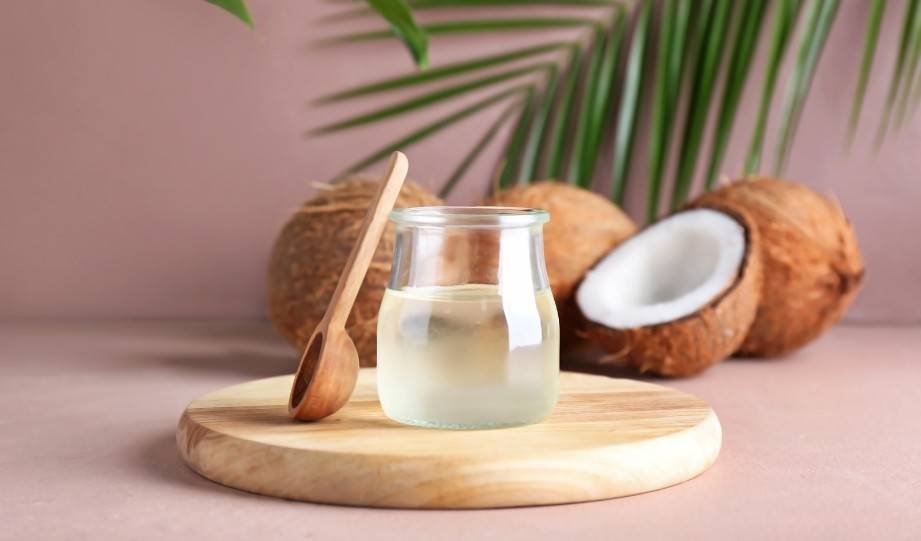
Coconut oil is like the MVP of natural toothpaste bases, thanks to its antimicrobial properties. It contains lauric acid, which helps combat harmful bacteria in the mouth that can cause cavities and gum disease. Plus, it can reduce plaque and keep your breath fresh.
Just a heads-up, though: Be careful when spitting it out because it can harden and mess up your plumbing over time.
Baking Soda
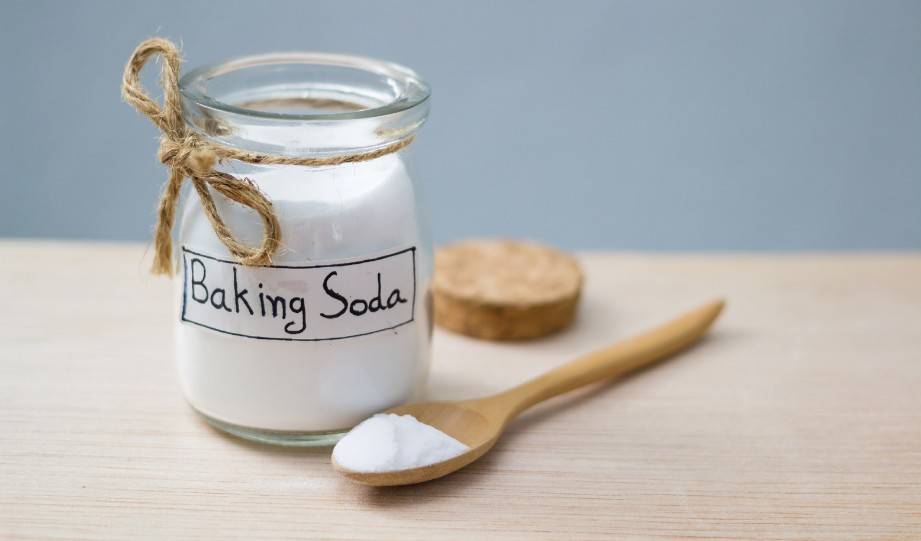
Baking soda (aka sodium bicarbonate) is the secret to a brighter smile. This gentle abrasive helps scrub away surface stains, making your teeth whiter. Its alkaline nature neutralizes acids in the mouth, helping to prevent tooth decay and maintain a healthy pH balance. Baking soda fights tooth cavities, too.
It’s safe to use, but don’t go overboard—too much can wear down your enamel, so moderation is key.
Essential Oils

Essential oils are like the flavor boost your DIY toothpaste needs. Whether it’s peppermint, tea tree, or clove oil, they add a pleasant taste while offering antimicrobial benefits.
For example, peppermint oil is a champ at fighting bad breath, and tea tree oil has some serious antifungal and antibacterial skills.
But remember, these oils are strong, so always dilute them and don’t swallow—some can be toxic if you’re not careful.
Sea Salt
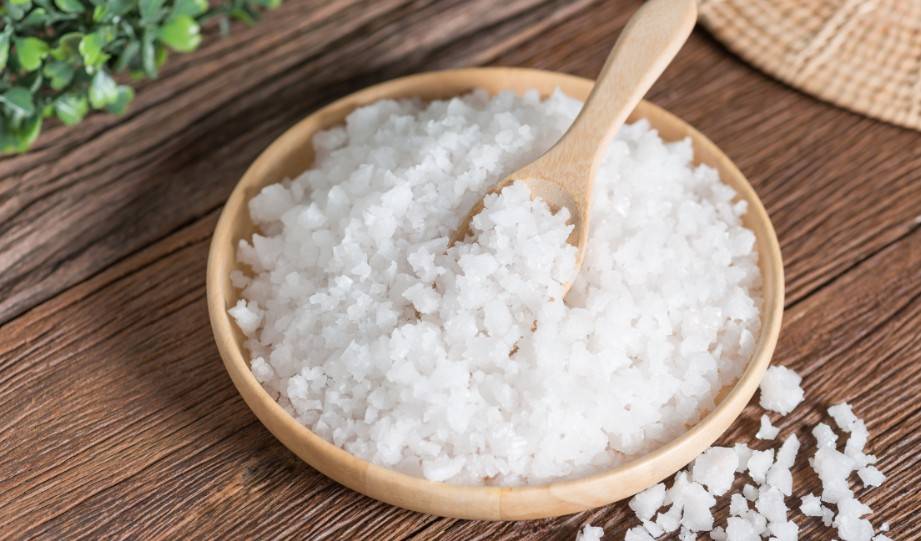
Sea salt is a natural antibacterial agent that helps to reduce inflammation and promote healing in your mouth. It also acts as a gentle abrasive, helping to remove plaque while delivering trace minerals that can strengthen your enamel. Just be cautious with how much you use—too much salt can be harsh on your gums.
Activated Charcoal
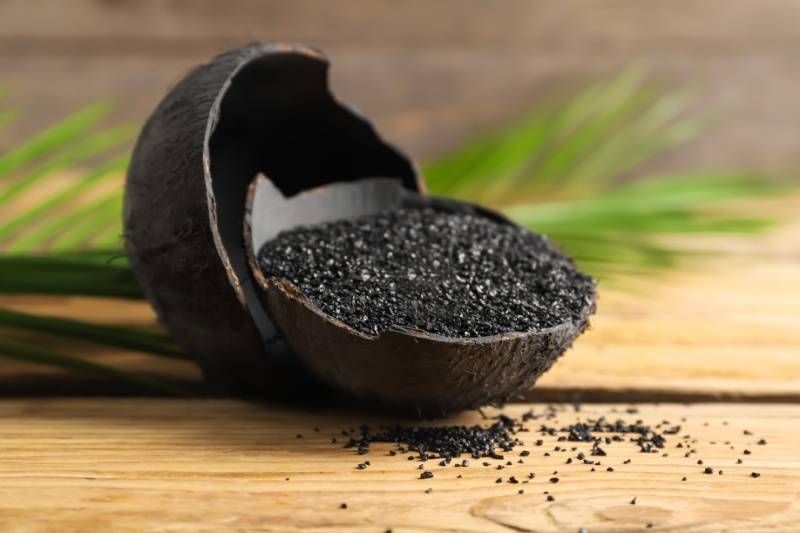
Looking for a whiter smile? Activated charcoal is your friend. It works by binding to stains and pulling them off your teeth. But don’t get too excited—this stuff is pretty abrasive, so use it sparingly to avoid damaging your enamel.
And make sure to rinse well afterward to avoid any leftover black residue on your teeth.
Xylitol

Want to sweeten your toothpaste without the sugar? Xylitol is a natural sweetener that not only tastes great but also helps reduce cavity-causing bacteria and even supports enamel remineralization.
Just a word of caution: It’s toxic to pets, especially dogs, so keep your DIY toothpaste out of their reach.
Bentonite Clay
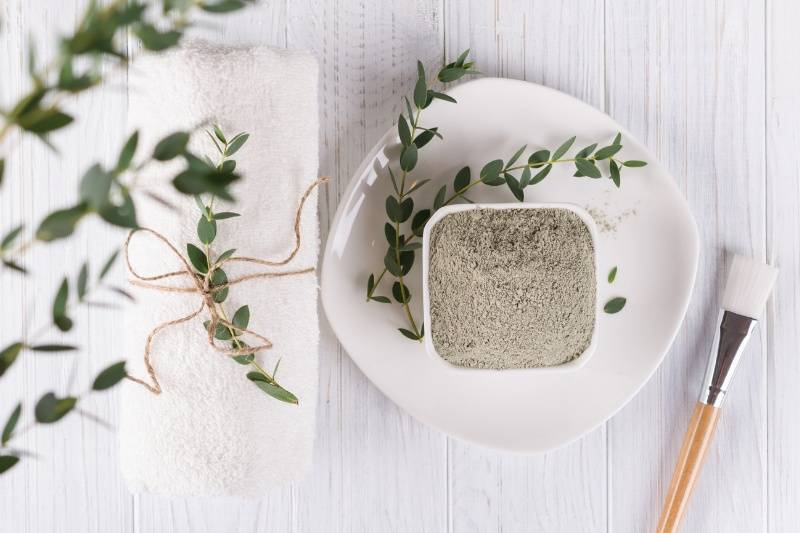
Bentonite clay isn’t just for facials—it’s a fantastic addition to natural toothpaste. It detoxifies by drawing out impurities and gently polishes your teeth. Plus, it’s packed with minerals like calcium and magnesium that can strengthen your teeth.
Just make sure the clay is food-grade and free from contaminants before you start brushing.
Calcium Carbonate
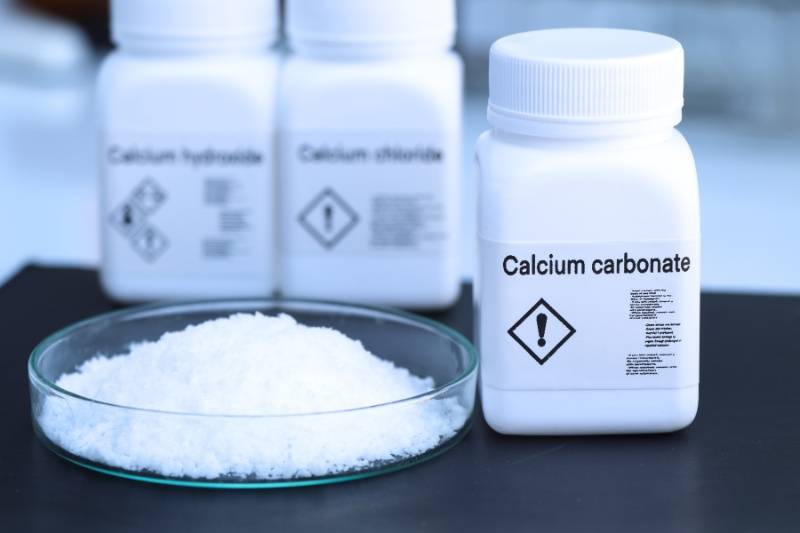
Calcium carbonate is a great mild abrasive for your toothpaste. It helps remove plaque and surface stains while providing a source of calcium that can support enamel remineralization. It’s safe for everyday use and perfect if you’re looking to strengthen your teeth naturally.
And there you have it—ingredients that can turn your DIY toothpaste into a powerhouse for your oral health!
Basic Natural Toothpaste Recipe
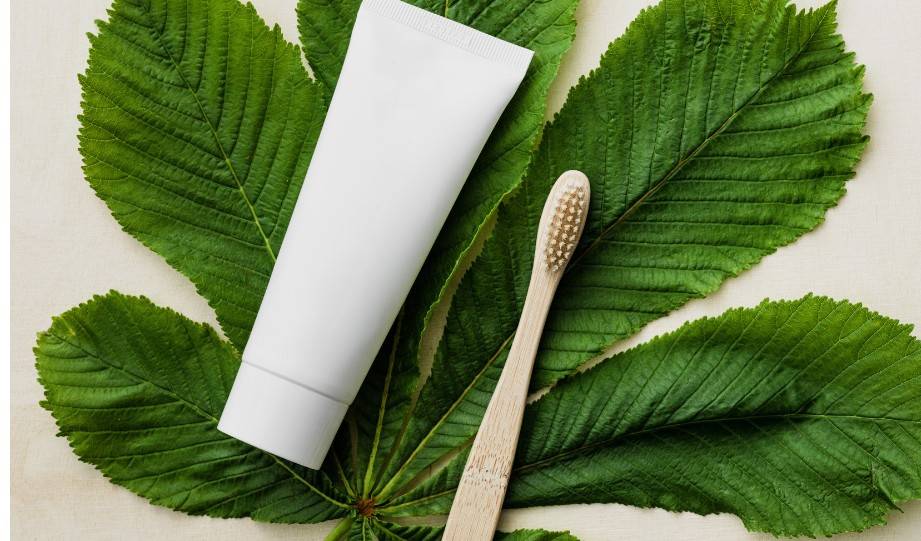
Here’s a basic recipe to get you started, along with variations to cater to different needs like whitening or sensitive gums.
Ingredients
- 2 tablespoons of coconut oil
- 2 tablespoons of baking soda
- 10-15 drops of essential oils (peppermint or spearmint for freshness)
- 1 teaspoon of xylitol (optional, for sweetness)
Instructions
- Mix Ingredients: In a small bowl, combine the coconut oil and baking soda. Mix until they form a paste. If the coconut oil is solid, gently warm it to soften.
- Add Flavors: Stir in the essential oils and xylitol if using. Mix thoroughly to ensure even distribution.
- Store: Transfer the mixture to a small jar or a reusable tube. Keep it sealed and stored in a cool, dry place.
Variations
For Whitening
Add 1 teaspoon of activated charcoal to the basic recipe to help remove surface stains more effectively.
For Sensitive Gums
Reduce the baking soda to 1 tablespoon and add 2 teaspoons of aloe vera gel to soothe and protect sensitive gums.
Key Considerations When Choosing Natural Toothpaste
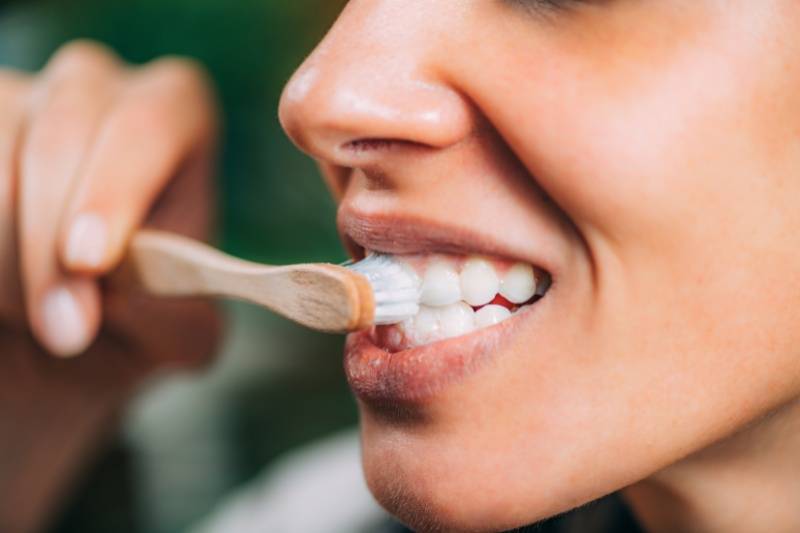
So, you’ve decided to switch to natural toothpaste—awesome! But with that excitement might come a few questions. Don’t worry, we’ve got you covered. Let’s tackle the most common concerns:
Effectiveness
You might be wondering, “Can natural toothpaste really keep up with the big-brand stuff?”
It’s a fair question. Ingredients like baking soda, calcium carbonate, and xylitol are known for their oral health benefits. They offer excellent cavity protection and help maintain healthy tooth enamel, essential for sensitive teeth.
The effectiveness of natural toothpaste can vary depending on your specific needs and the natural toothpaste ingredients you choose.
However, many people find that with the right mix, natural toothpaste, including some of the best fluoride-free toothpaste options, does a great job of keeping your smile bright and your mouth feeling clean.
Taste and Texture
If you’re used to the super-sweet, silky feel of conventional toothpaste, natural options might be a bit of a surprise.
They can be less sweet, a tad saltier, and sometimes a bit grainy—especially if you’re used to the smoothness provided by ingredients like hydrated silica found in most toothpastes.
But here’s the fun part: you get to play around with flavors and textures! Try different plant-based ingredients or essential oils, like leaf oil, for a flavor boost or tweak the ingredients until you find a texture that suits your preference.
It’s all about making it yours, and trust me, your mouth will still feel fresh, even without the artificial colors or sodium lauryl sulfate.
Avoid Moisture
Here’s a tip that might not be on your radar: keep moisture out of your DIY toothpaste jar. Always use a dry spoon or spatula to scoop it out.
Why? Water can introduce bacteria, and that’s not something you want in your fluoride-free toothpaste. Keeping it dry helps maintain its safety and effectiveness, ensuring that your natural toothpaste stays fresh and effective for longer.
Shelf Life
Homemade toothpaste can last up to 3 months if stored properly, especially if you’re using gentle ingredients like coconut oil and avoiding harmful chemicals. But don’t forget to check it now and then. If the smell or texture starts to change, it’s probably time to whip up a new batch. Fresh is always best!
Label Your Creation
A simple but handy tip: slap a label on your metal tube or jar with the date you made your toothpaste. It’s an easy way to keep track of its freshness and ensure you’re using it at its best.
Plus, it’s a great reminder that you’re using a cruelty-free, vegan toothpaste that’s not only good for your teeth but also for your overall well-being.
Consultation with a Dental Professional
While going DIY with your toothpaste is great, it’s still smart to check in with your dentist. They can give you personalized advice based on your oral health, ensuring your natural toothpaste journey is smooth sailing.
If you have specific concerns like tooth sensitivity or gum problems, they might recommend including ingredients found in sensitive toothpastes or suggest fluoride-free options that align with your needs.
That way, you get the benefits of natural ingredients along with professional care—best of both worlds!

Read More:
How to Make the Switch to Natural Toothpaste Easier

Switching to natural toothpaste? That’s a high-five moment for your health and the planet!
But let’s be real—new habits can come with a few bumps, especially when your taste buds are used to that sweet, minty zing from commercial brands. Don’t worry, though; I’ve got some tips to make the transition smoother and maybe even a little fun.
First off, there’s no need to dive in headfirst. Try alternating between your regular toothpaste and the new natural one. It’s like dipping your toes in before taking the full plunge. This way, you can ease into the new experience without feeling like you’re giving up something you’ve relied on for years.
One of the coolest perks of DIY toothpaste is the ability to play with flavors. Not a fan of the first batch? No problem! Experiment with essential oils like peppermint, spearmint, or even a dash of cinnamon to create a flavor that gives you that fresh feeling you love. It’s your toothpaste—make it taste great!
And here’s a little reminder to keep in your back pocket: why did you decide to make the switch in the first place? Maybe you’re looking to cut out harmful chemicals, reduce your environmental footprint, or just take better care of your body. Whatever your reason, keeping those benefits front and center can make the transition feel more rewarding.
Lastly, give yourself some grace. Like any new habit, it takes a bit of time to adjust.
Don’t be too hard on yourself if it doesn’t feel perfect right away. Before you know it, that natural toothpaste will feel as familiar as your old one, but with the added bonus of knowing you’re doing something great for yourself and the planet. Hang in there—you’ve got this!
The Fluoridation Debate: What You Should Know

When you dive into the world of DIY toothpaste, you’ll quickly stumble upon a hot topic: fluoridation. Fluoride, the superstar of most commercial toothpastes, is celebrated for its cavity-fighting powers and enamel-strengthening benefits.
But it’s not without its critics, who argue that too much fluoride can pose health risks. So, where do you stand?
Understanding Fluoride’s Role
Let’s start with the basics. Fluoride’s claim to fame is its ability to remineralize tooth enamel, making it tougher against the acid attacks from bacteria in your mouth.
That’s why it’s a go-to in public health efforts to reduce tooth decay. But here’s the flip side: some studies suggest that overdoing it with fluoride—especially for kids—can lead to dental fluorosis, which can cause tooth discoloration, among other concerns.
It’s like anything else in life—too much of a good thing can turn sour.
Why Some Opt for Fluoride-Free Alternatives
With all the chatter around fluoride, it’s no surprise that many folks are ditching it altogether in their dental routine.
Enter the rise of fluoride-free toothpaste, often packed with natural ingredients. If you’re wary of fluoride but still want to keep cavities at bay, these alternatives might be your new best friend.
Baking soda, xylitol, and coconut oil are just a few ingredients that offer similar benefits without the potential downsides of fluoride. Plus, they come with the added bonus of being all-natural.
Finding the Right Balance for Your Oral Health
Deciding whether to include fluoride—or stick with natural alternatives—in your toothpaste is a personal choice. It all boils down to your specific oral health needs and concerns.
If you’re leaning towards fluoride-free, just make sure you’re using ingredients that still pack a punch in fighting cavities and promoting overall dental health. And don’t forget—regular dental check-ups and a chat with your dentist can help you navigate the best path for your pearly whites.
After all, it’s all about finding that sweet spot where your oral care routine works best for you.
Embracing Benefits of Natural Toothpaste
Switching to natural toothpaste is more than just a personal choice—it’s a commitment to better health and a healthier planet.
By opting for toothpaste made with natural ingredients, you’re reducing your exposure to potentially harmful chemicals found in many conventional toothpastes. This means fewer worries about what you’re putting in your mouth every day, especially when it comes to concerns like fluoride and sodium lauryl sulfate.
But the benefits don’t stop there.
Natural toothpaste also has a smaller environmental footprint. Many commercial brands come in plastic packaging that ends up in landfills or, worse, our oceans. Choosing or making natural toothpaste, especially when packaged in sustainable materials, contributes to less waste and a cleaner environment.
It supports your well-being by using gentle, effective ingredients while also aligning with your values for a more sustainable lifestyle. Every time you brush, you’re not just caring for your teeth—you’re positively impacting the world around you.
So, here’s to a healthier smile and a healthier planet!

